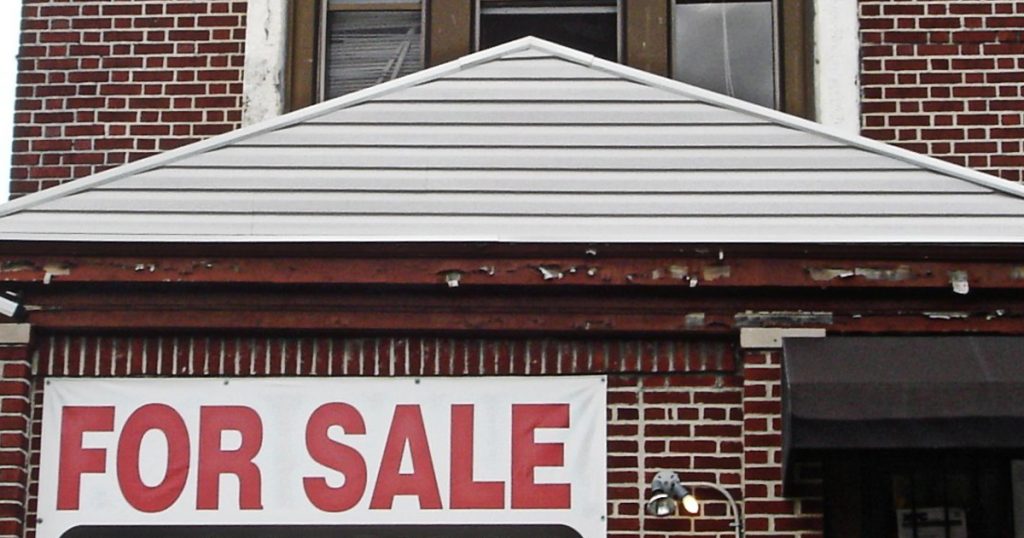Single women in the United States have opened up a larger home ownership gap over their male counterparts than the gender wage gap.
The Daily Mail reports that the lending marketplace Lending Tree found from US Census data that single women own roughly 10.76 million homes whereas single men own around 8.12 million—a gap of 25 percent. Meanwhile, according to the Bureau of Labor Statistics, women earn on average 17 percent less than men.
Lending Tree found the homeownership gap to be the case in 48 states. The only two states where single men owned homes at a higher rate were North and South Dakota.
That gap is growing, according to the National Association of Realtors (NAR). From 2015 to 2022, single men remained 9 percent of the homebuying population while single women went from 16 percent to 19 percent.
Florida, Maryland, and Delaware led with the largest gap in homeownership with single women owning around 4.5 percent more homes than single men.
The states with the largest percentage of single women homeowners are Louisiana, Alabama, and South Carolina. In contrast, the Dakotas and Wyoming had the most single-men homeowners proportionately.
Economic, social, and biological factors offer explanations.
The much-discussed wage gap between men and women is real if one disregards marital status and age. Among younger generations, however, women often fare better than men financially.
The Pew Research Center found that women younger than 30 earn more than men in the largest cities, particularly New York, Washington, DC, and Los Angeles.
A reduction or elimination of the wage gap alone is not driving the gap in homeownership.
NAR reported in December 2021 that women homebuyers had smaller incomes than their male counterparts. Women were also willing to make more financial sacrifices to own a home and were willing to buy slightly cheaper than single men. This suggests time preference plays a role in the growing gap.
Part of the growing homeownership gap between male and female singles likely owes to the growing gender gap in college education.
The earning gap between workers with a college degree and those without it hit a new record last year. Using data from the Federal Reserve Bank of New York, Money.com reported that full-time workers with a high school diploma between 22 and 27 earn on average $30,000 whereas full-time workers the same age with a bachelor’s degree average $52,000.
American colleges currently enroll around six women for every four men. The gap between young women and young men with bachelor’s degrees continues to widen with younger generations, according to the Pew Research Center. Among those ages 25 to 34, 46 percent of women have bachelors versus 36 percent of men.
Men were far more likely to cite personal choice as a reason for foregoing college: one-third versus one-fourth. They’re also more likely than women to cite not needing a college degree for their desired field: 26 percent versus 20 percent.
The Atlantic’s Derek Thompson blames deindustrialization. For most of the 20th century, men could earn middle-class incomes through hard work. When middle America lost many of its jobs in manufacturing and mining, many of these men fell adrift.
As Thompson notes, however, college degree earning is universal in the developed world. Women will outcompete men academically regardless of ethnicity, nationality, or deindustrialization.
Furthermore, a reduction or elimination of the wage gap alone is not driving the gap in homeownership.
NAR reported in December 2021 that women homebuyers had smaller incomes than their male counterparts. Women were also willing to make more financial sacrifices to own a home and were willing to buy slightly cheaper than men. This suggests time preference plays a role in the growing gap.
Finally, testosterone is another factor worth considering. Psychologist Angela Duckworth found that although they have similar IQs, girls excel in academics because of better self-control and the ability to delay gratification.
Harvard University historian and economics professor Claudia Goldin notes: “Historically, men have been more likely to drop out of school to work in hot economies, whether it’s in the factories of World War II or the fracking mines of the Dakotas.”
This may explain why the Dakotas were the only states in which single men own homes at a higher rate than single women.
This news and commentary by Jacob Grandstaff originally appeared on Valiant News.






